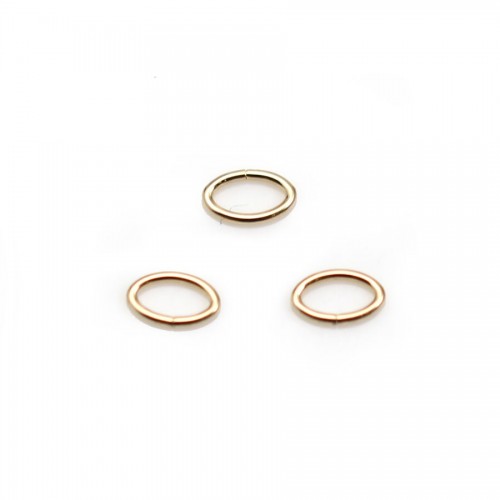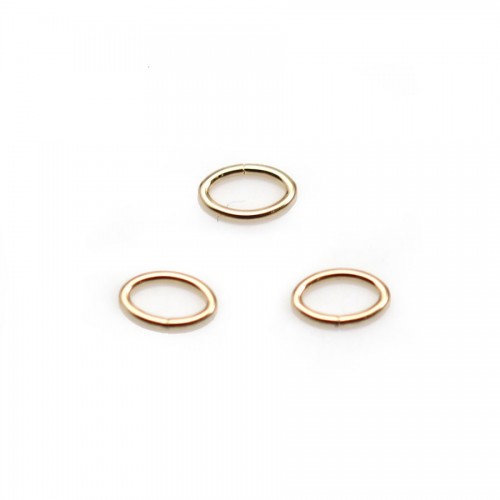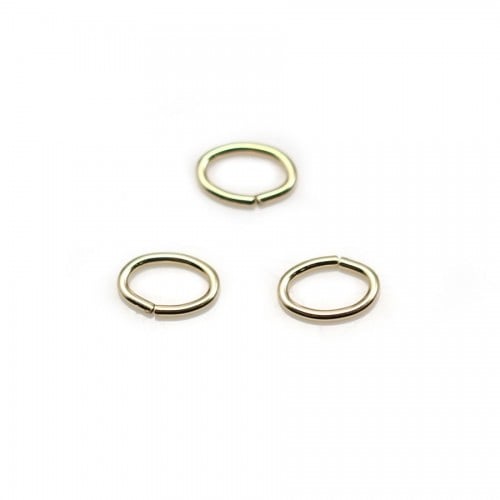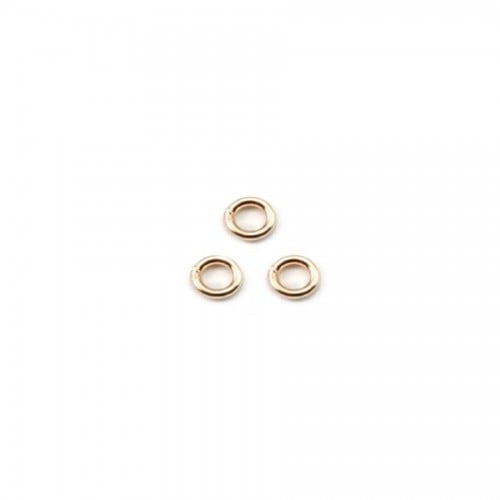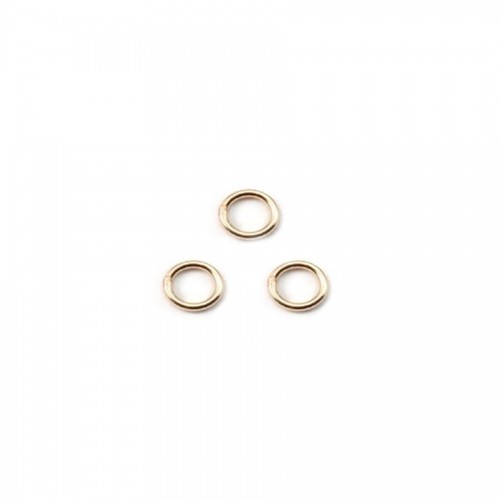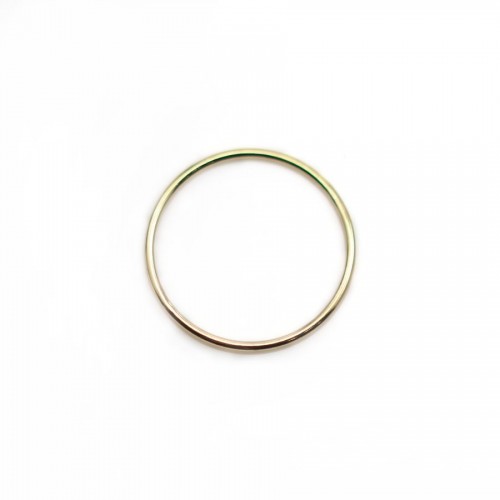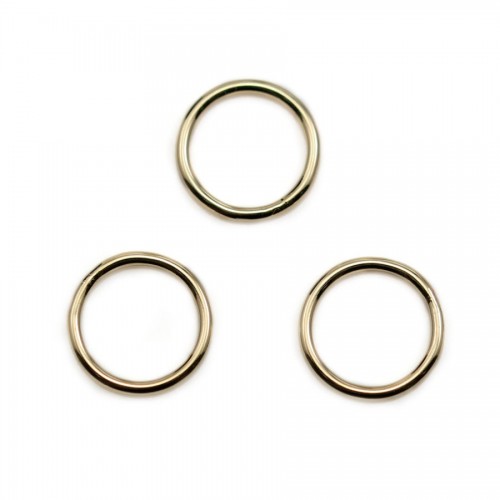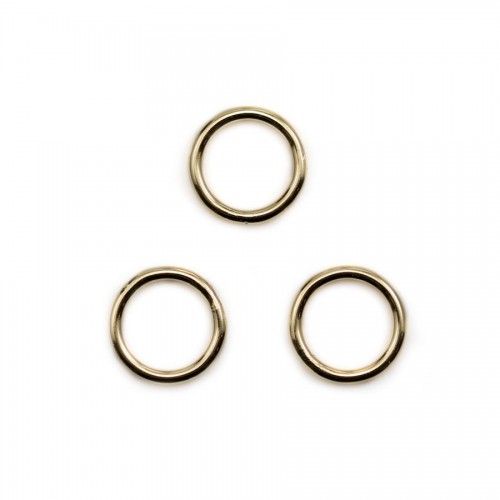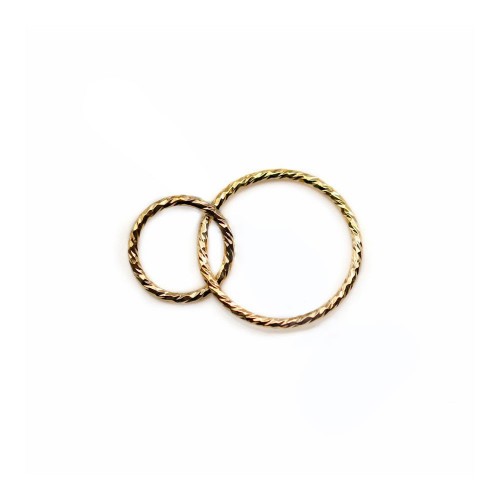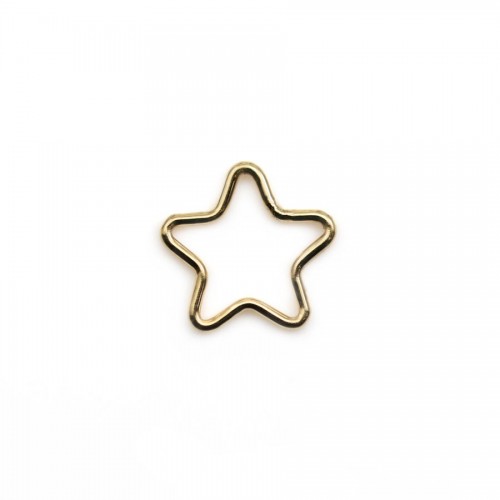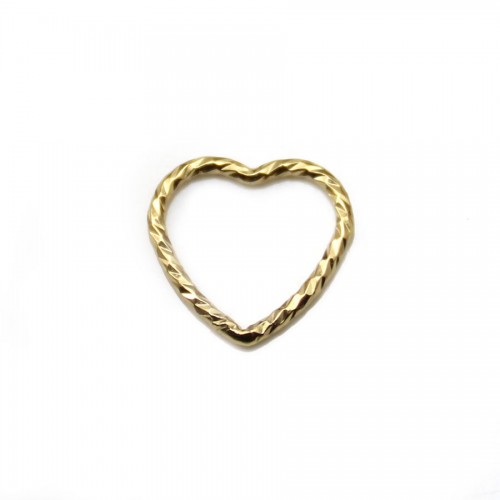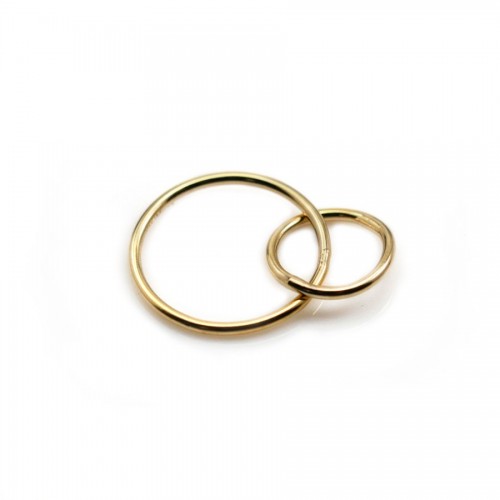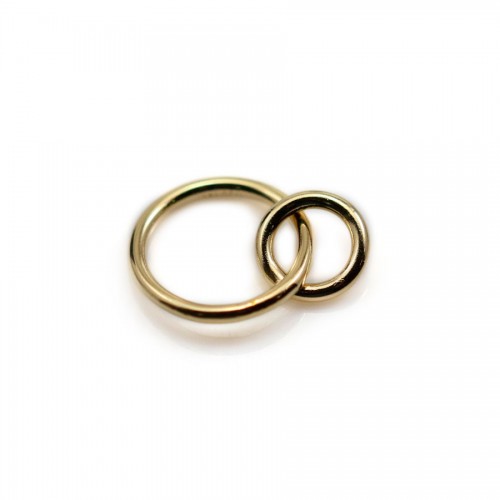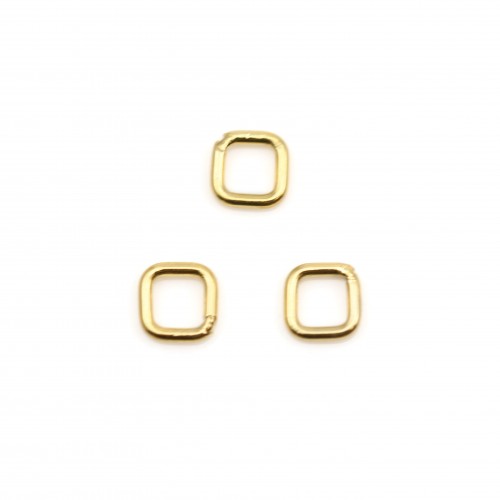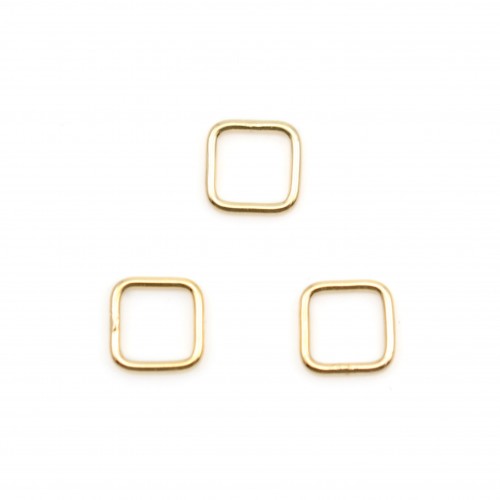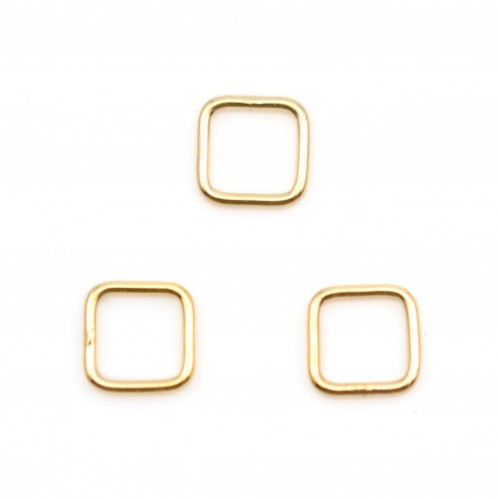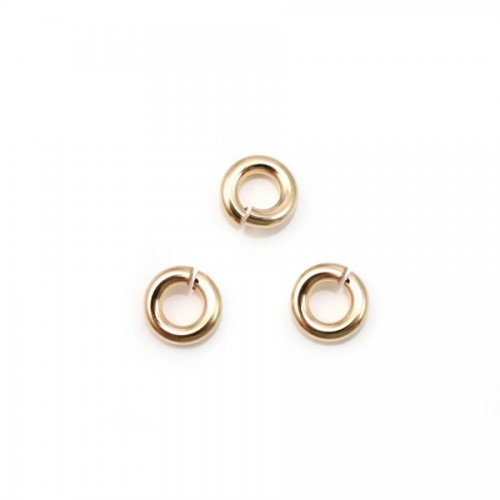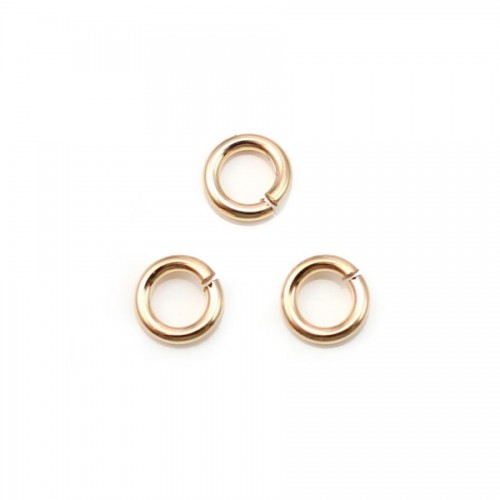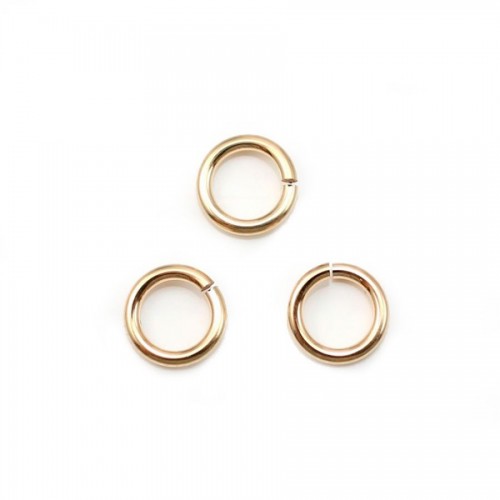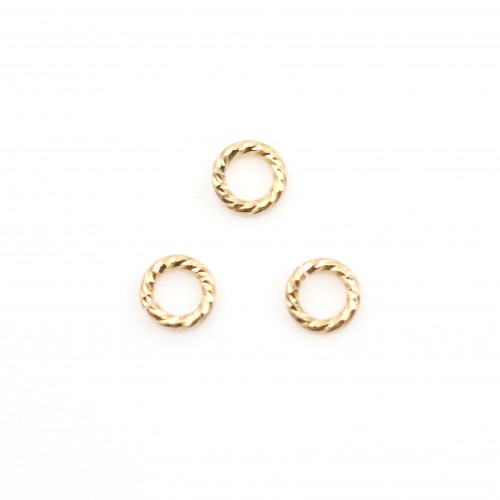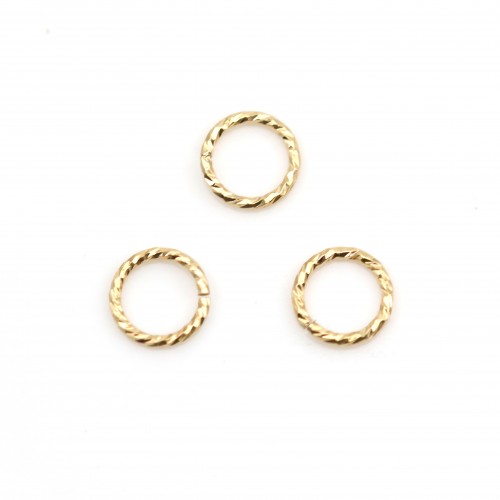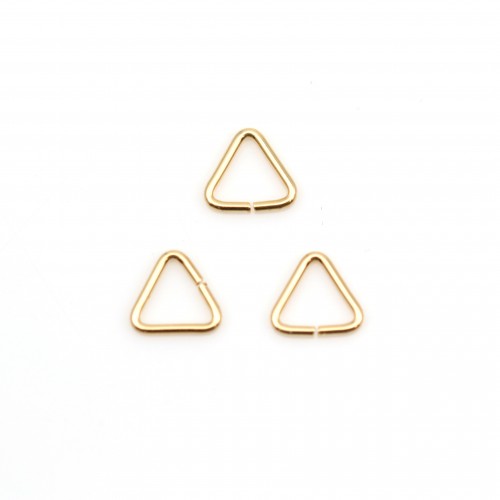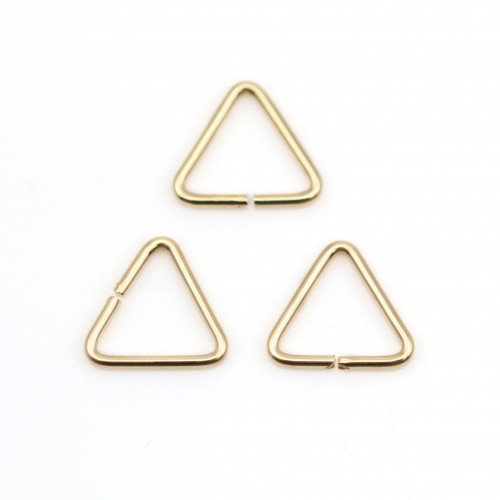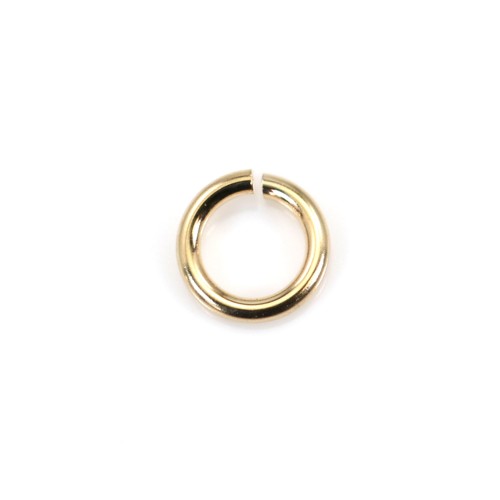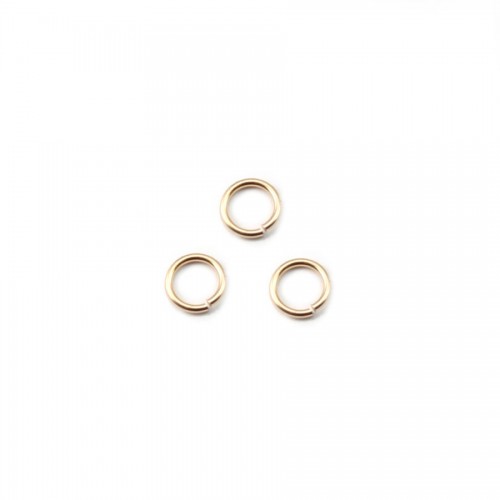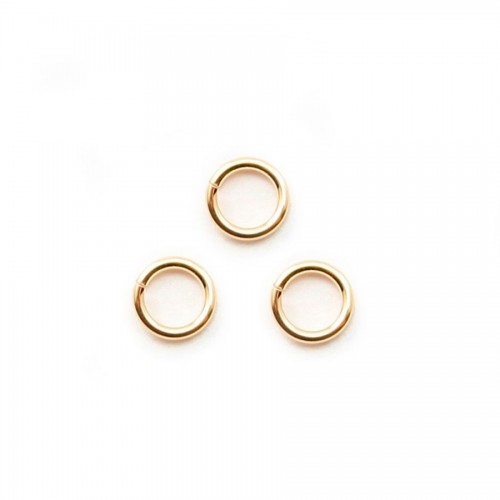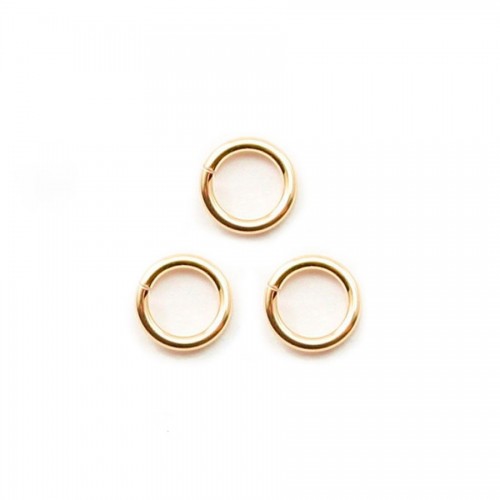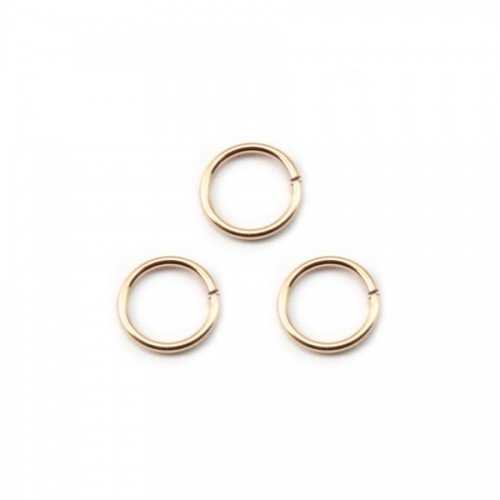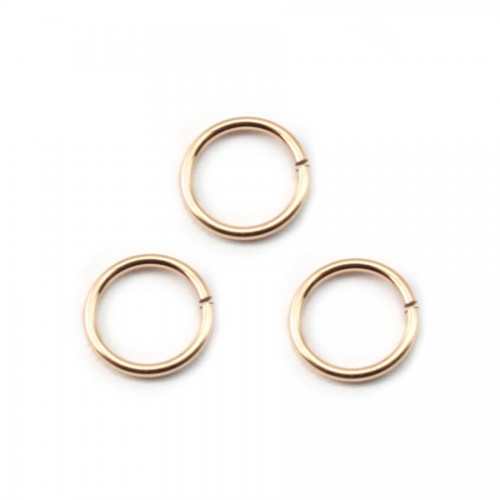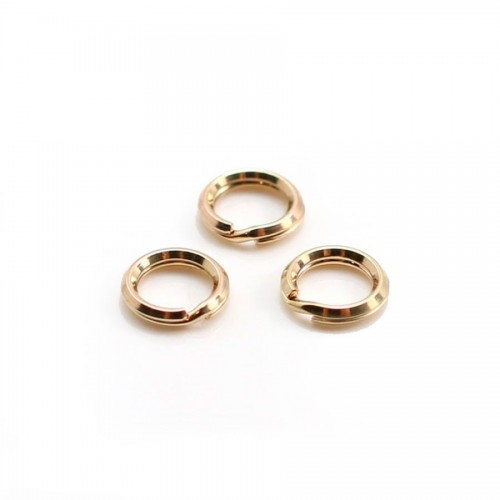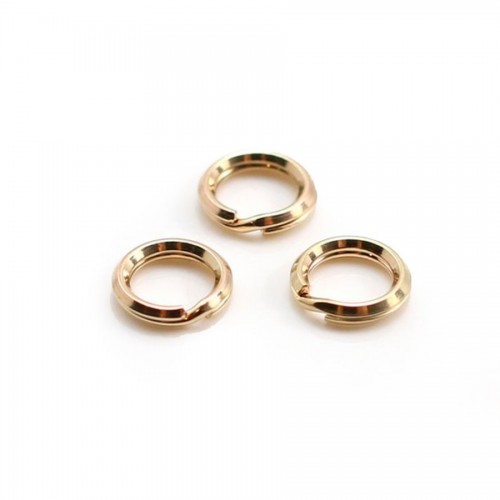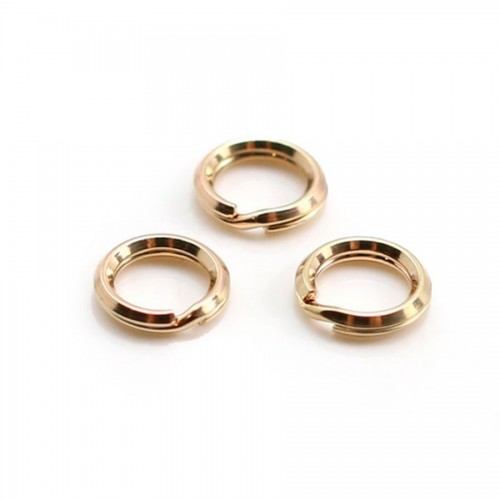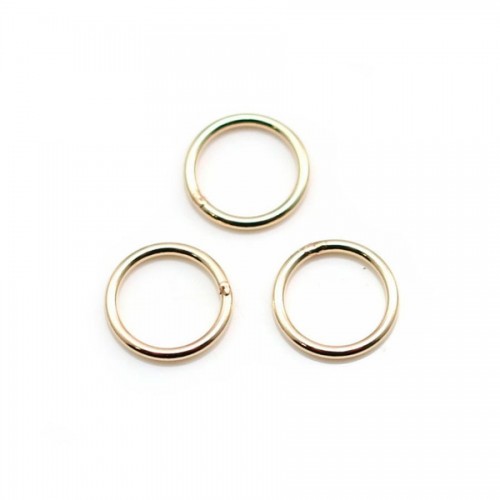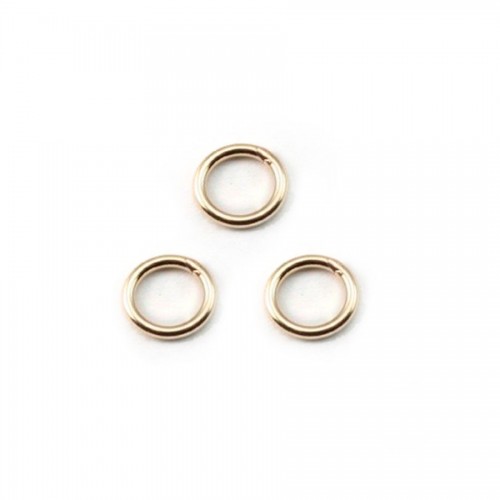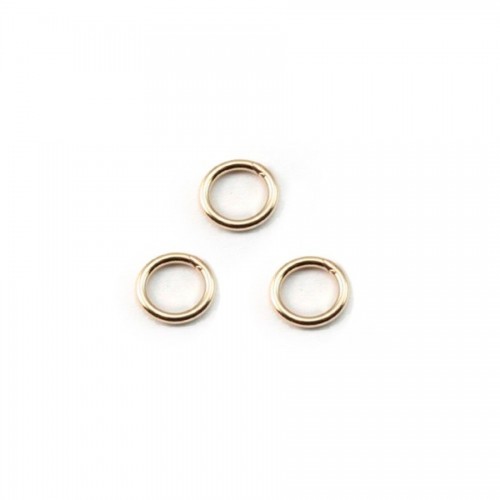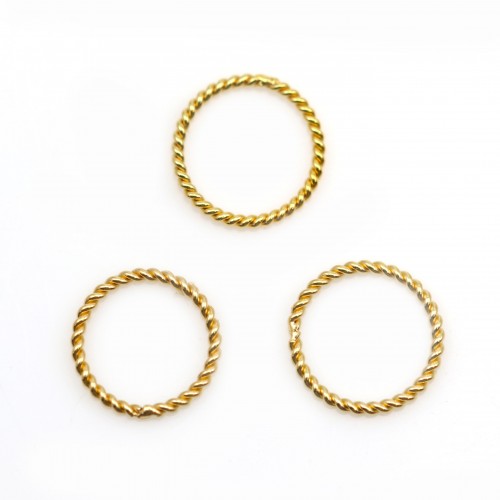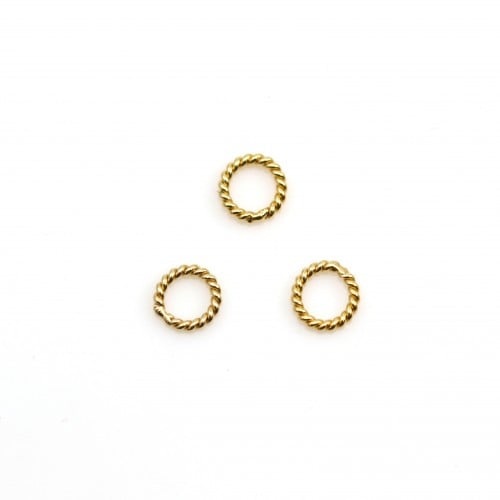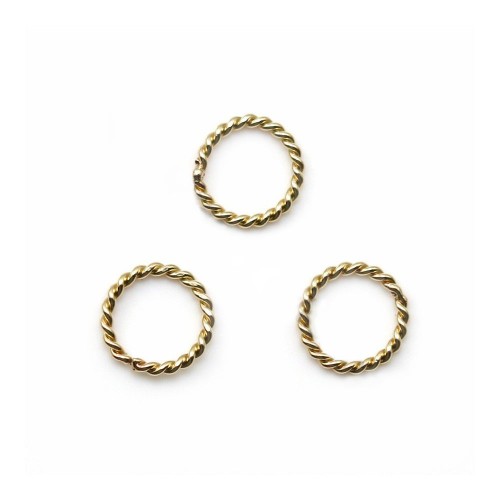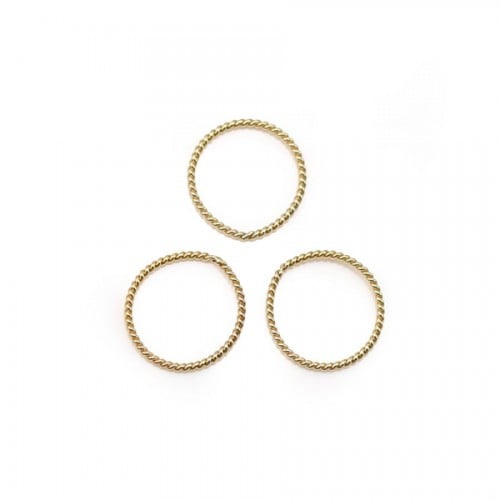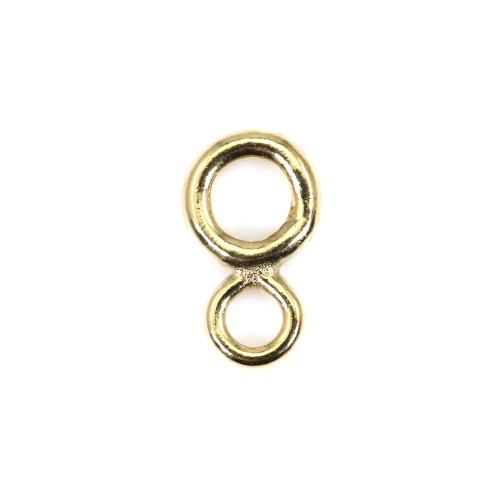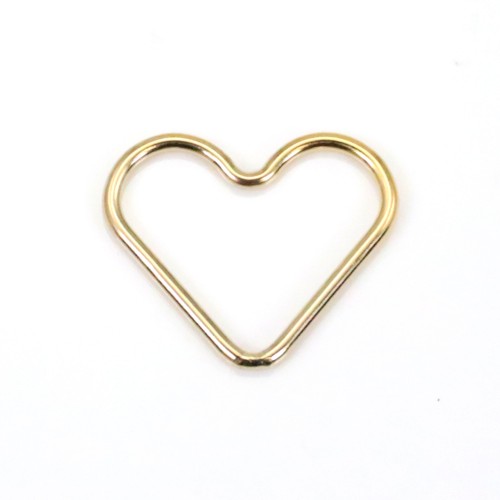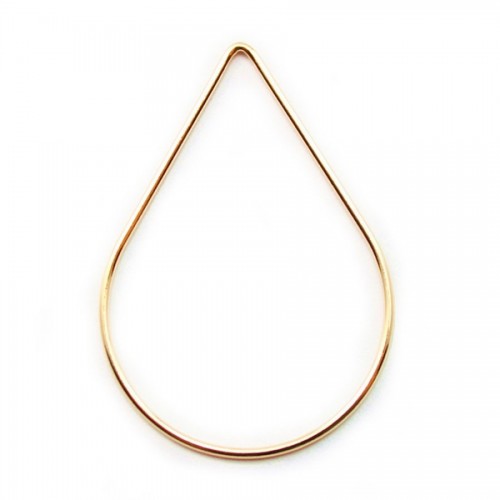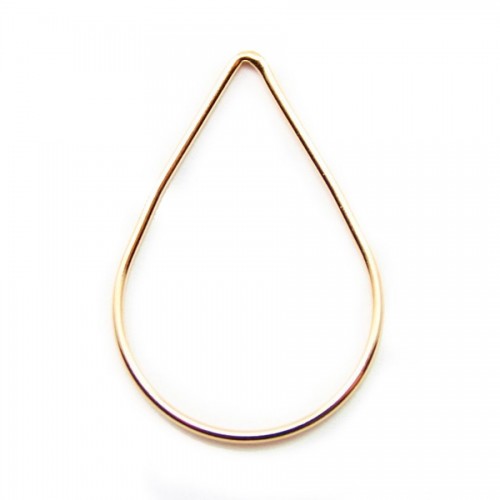No products
GF Rings
- Gemstones
- Stones bead strand
- Black Agate
- Agate
- Stained Agate
- Botswana Agate
- Grass Agate
- Aquamarine
- Amazonite
- Amethyst
- Amethyst Claire
- Angelite
- Apatite
- Aventurine
- Azurite Malachite
- Red dyed sea bamboo
- Pink or orange tinted sea bamboo
- Clam
- Beryls
- Bronzite
- Chalcedony
- Charoite
- Chrysocolla
- Chrysoprase
- Citrine
- Coral
- Cordierite (iolite)
- Carnelian
- Rock crystal
- Cyanite
- Black Diamond
- Diopside
- Emerald
- Fluorite
- Garnet
- Hematite
- Blue hemimorphite
- Howlite
- Hypersthene
- Jade
- Tinted Jade
- Jasper
- Unakite Jasper
- Kunzite
- Labradorite
- Lapis lazuli
- Larimar
- Lepidolite
- Malachite
- Obsidian
- Œil d'aigle
- Cat's eye (Tourmaline)
- Falcon eye
- Iron Eye
- Bull's eye
- Tiger's eye
- Tiger's eye gold
- Opal
- Zirconium oxide
- Peridot
- Phosphosiderite
- Lava stone
- Moonstone
- Multicolored moonstones
- Sunstone
- Luminous stone
- Mixed stones
- Piétersite
- Prehnite
- Pyrite
- Strawberry quartz
- Smoky quartz
- Quartz Lemon
- Pink quartz
- Rutile quartz
- Rhodochrosite
- Rhodonite
- Rhyolite
- Ruby
- Ruby-Zoïsite (Anyolite)
- Sapphire
- Sélénite
- Seraphinite
- Shungite
- Sodalite
- Spinelle
- Tanzanite
- Terahertz
- Topaz
- Tourmaline
- Turquoise
- African Turquoise
- Reconstituted turquoise
- Cube
- Heishi
- Rectangle
- Shamrocks & skulls
- Tube
- Beads 2mm
- Gemstones from India
- Stones per unit
- Gemstones Cabochons
- Cabochon agate of boswana
- Cabochon Cherry blossom Agate
- Grey Agate Cabochon
- Black agate cabochon
- Tinted Agate Cabochon
- Green Agate Cabochon
- aquamarine cabochon
- Cabochon amazonite
- Peruvian amazonite cabochon
- Amethyst cabochon
- Cabochon Apatite
- Cabochon aventurine
- Chalcedony cabochon
- Cabochon Cameo (Engraved/Carved)
- Chrysocolla cabochon
- Chrysoprase cabochon
- Citrine cabochon
- Coral Cabochon
- Carnelian cabochon
- Rock crystal cabochon
- Cyanite cabochon
- Emerald cabochon
- Garnet cabochon
- Cabochon hematite
- Howlite cabochon
- White jade cabochon
- Jasper Cabochon
- Cabochon Jaspe Kambaba
- Cabochon labradorite
- Lapis lazuli cabochon
- Larimar cabochon
- Malachite cabochon
- Cabochons Nacres
- Obsidian cabochon
- Tiger eye cabochon
- Cabochon Bull's eye
- Opal cabochon
- Cabochon Palissandro Reconstituted
- Moonstone cabochon
- Cabochon sun stone
- Prehnite cabochon
- Cabochon Pyrite
- Rose quartz cabochon
- Rhodochrosite Cabochon
- Rhodonite cabochon
- Ruby cabochon
- Sapphire cabochon
- Cabochon sodalite
- Tourmaline cabochon
- Turquoise cabochon
- Cabochon African Turquoise (African Jasper)
- Reconstituted Turquoise Cabochon
- Unakite Cabochon
- Faceted Cushion Size
- Semi-drilled stones
- Set stones
- Gemstone to be set
- Intercalated stone
- Pendants & Charms
- Stones of collection
- Rosary chains
- Stones bead strand
- Cultured pearls
- Findings & Accessories
- Findings in silver 925/999
- Rings
- Silver rings 925
- Bridge spacers - Spacer multi-row
- Pendant fasteners
- Semi-drilled bead holders
- Earrings
- Semi drilled earrings
- Bracelets - Brooches - Cufflinks
- Charms to engrave - Sequins
- Extension chains
- Cups
- Bits and Clips
- Prints
- Clasps
- Silver wire 925
- Spacers Silver 925/999
- Pendants & Charms Silver 925/999
- Silver beads 925/999
- Set cabochon holder in Silver 925
- Headpin / Headed Pin
- Tubes and crimp tubes
- Silver chain 925
- Findings in 14K Gold filled (Laminated Gold)
- 14 karat pink gold-filled findings
- Findings gilded on brass
- Findings in 304 Stainless Steel
- Metal Findings
- Elasticated wire
- Zirconium oxide
- Fancy beads
- Jewelry tassels
- Tools
- Pouches
- Tubular mesh
- Jade roller
- Glue for jewelry
- Findings in silver 925/999
- Jewelry
- Promotions
Catalog
GF Rings
Rings in 14K Gold Filled for the creation of handcrafted costume jewelry
Find all the high-quality Gold Filled (rolled gold) connecting rings you need for your jewelry creations! A wide variety of ring sizes and shapes for your creative ideas: Open jump ring closed or soldered, hammered or smooth, round, drop or triangular!
Would you like to create14K Gold Filled costume jewelry?
Gold filled 14K rings are made by applying a low percentage of gold (5%) to a brass base. The 5% 14ct gold will give findings a better appearance than gold plating, and will be more cost-effective than an alloy with a higher gold content (such as 18ct). 14-carat gold filled rings are used to link jewelry, such as chains, bracelets and necklaces. They are often used to create quality jewelry at an affordable cost compared with the use of pure gold. Rings made from 14-carat gold filled are more resistant over time and similar in appearance to pure gold, but are considerably less expensive.
Discover without further delay our findings jewels in 925 silver, 14 K rose gold filled and findings fine gold gilded that will satisfy your creative desires!
Open Ring Gold Filled 0.64x4mm x 10pcs
In Stock2,70 €Open jump ring 4mm diameter, and wire thickness 0.64mm in Gold Filled 14 carats sold by 10 pieces. The gold-filled finish is a treatment widely...
Gold Filled Oval Ring 0.64x3.0x4.6mm x 10pcs
In Stock2,30 €Small oval and open rings of 3.0x4.6mm and 0.64mm thick, in 14K gold filled; sold by ten.
Gold Filled Oval Ring 0.64x3.5X5.3mm x 10pcs
In Stock2,50 €Small oval and open rings of 0.64x3.5x5.3mm in gold filled 14 carats, sold by ten.
Gold Filled Oval Ring 0.76x4.1x 6.4mm x 4pcs
In Stock2,00 €Small oval and open rings of 0.76x4.1x6.4mm, in gold filled 14 carats, sold by four.
Gold Filled ovale jump rings0.9x5x8mm x 5pcs
In Stock3,40 €Gold-filled technique consists of a base metal such as brass or copper, to which a sheet of gold is bonded by pressure or other means. To qualify...
Gold Filled Welded Ring 0.64x3mm x 10pcs
In Stock2,90 €Small single soldered rings, 0.64x3mm, 14K gold filled; sold by ten.
Gold Filled Welded Ring 0.64x4mm x 10pcs
In Stock3,40 €14 karat gold filled soldered ring 0.64x4mm x 10pcs
Gold Filled rings in size of 20mm x 1pc
In Stock4,40 €14k gold filled rings 1.0x20mm, sold by unit.
Gold Filled jump rings closed 1x10mm x 1pc
In Stock2,60 €Jump rings closed, 10mm in diameter and 1mm thick, in 14k gold filled, sold individually
Gold Filled jump rings closed 1x8mm x 2pcs
In Stock3,20 €Jump rings closed, 8mm in diameter and 1mm thick, in 14k gold filled, sold by 2 pieces.
Sparkle ring "you and me" in Gold Filled, 10mm and 15mm x 1pc
In Stock5,60 €Sparkle closed ring "you and me", in 14 carat gold filled, sold individually. Large ring size: 15mm Small ring size: 10m
Star-shaped ring, in Gold Filled, in size of 10.5mm x 2pcs
In Stock3,30 €Star-shaped ring, in 14k gold filled, in size of 10.5mm, sold by 2 pieces.
Gold Filled sparkle rings, heart shape, 9x10mm x 1pc
In Stock2,30 €Ring "sparkle" in gold filled 14 carats, heart shape, 9x10mm, sold in packs of 1 piece, this ring will bring the touch of originality to him alone,...
Closed ring "you and me" in Gold Filled, 10mm and 15mm x 1pc
In Stock6,30 €Closed ring "you and me", in 14 carat gold filled, sold individually. Large ring size: 15mm Small ring size: 10m
Ring "you and me" in Gold Filled, 10mm and 6mm x 1pc
In Stock4,50 €Ring "you and me", in 14 carat gold filled, sold individually. Large ring size: 10mm Small ring size: 6m
Gold Filled Square Rings 0.76x4mm x 2pcs
In Stock2,10 €The gold-filled finish is a treatment widely used in the USA. It is a 14 carat gold finish applied to a brass base. The weight of gold is 1/20 of...
Gold Filled Square Rings 0.76x6mm x 2pcs
In Stock2,40 €The gold-filled finish is a treatment widely used in the USA. It is a 14 carat gold finish applied to a brass base. The weight of gold is 1/20 of...
Gold Filled Square Rings 0.81x8mm x 2pcs
In Stock2,80 €The gold-filled finish is a treatment widely used in the USA. It is a 14 carat gold finish applied to a brass base. The weight of gold is 1/20 of...
Gold Filled Open Rings 4x1.0mm x 4pcs
In Stock2,40 €Open jump rings 4mm diameter round Gold filled, sold in bags of 4. Wire thickness is 1mm. These rings are a must-have for jewelry making, and can...
Gold Filled jump ring 5x1.0mm x 5pcs
In Stock3,00 €Gold-filled technique consists of a base metal such as brass or copper, to which a sheet of gold is bonded by pressure or other means. To qualify...
Gold Filled jump ring 6x1.0mm x 4pcs
In Stock3,00 €Gold-filled technique consists of a base metal such as brass or copper, to which a sheet of gold is bonded by pressure or other means. To qualify...
Open Gold Filled Rings 4mm x 10pcs
In Stock2,90 €The gold-filled finish is a treatment widely used in the USA. It is a 14 carat gold finish applied to a brass base. The weight of gold is 1/20 of...
Open Gold Filled Rings 6mm x 6pcs
In Stock3,40 €The gold-filled finish is a treatment widely used in the USA. It is a 14 carat gold finish applied to a brass base. The weight of gold is 1/20 of...
Gold Filled Open Triangle Rings 0.64x5mm x 10pcs
In Stock2,80 €The gold-filled finish is a treatment widely used in the USA. It is a 14 carat gold finish applied to a brass base. The weight of gold is 1/20 of...
Gold Filled Open Triangle Rings 0.76x7.6mm x 4pcs
In Stock2,70 €The gold-filled finish is a treatment widely used in the USA. It is a 14 carat gold finish applied to a brass base. The weight of gold is 1/20 of...
Open jump rings 3x0.5mm Gold Filled x 10pcs
In Stock2,00 €Open jump rings 3x0.5mm round Gold Filled, sold in bags of 10 pieces. The wire thickness is 0.5mm, so the ring can be used on small-link chains....
Open jump rings in Gold Filled 0.64 x 3mm x 20pcs
In Stock3,70 €Small open jump rings, simple, of 3mm and 0.64mm thickness of wire, in gold filled 14 carats, sold by twenty.
Gold Filled Open Rings 0.64x5mm x 10pcs
In Stock4,10 €Single open rings measuring 5mm and 0.64mm thick, 14K gold filled; sold by ten.
Gold Filled Open Rings 0.64x6mm x 10pcs
In Stock4,00 €Single open rings of 6mm, and 0.64mm thick, in 14K gold filled; sold by ten.
Gold Filled Open Rings 0.76x7mm x 5pcs
In Stock3,40 €Wide open rings of 7mm and 0.76mm thick, in 14K gold filled; sold by five.
Open jump rings in Gold Filled 0.76x8mm x 4pcs
In Stock2,40 €Open jump rings singles measuring 8mm and 0.76mm thick, in 14-carat gold filled, sold in sets of four.
Gold Filled Spring Rings 5.2mm x 4pcs
In Stock3,00 €Simple 5.2mm double-spring rings in 14-carat filled gold, sold in packs of 4. Wire thickness 0.6mm - Total thickness 1.2mm
Gold Filled Spring Rings 6.2mm x 5pcs
In Stock4,20 €Single spring rings of 6.2mm in gold filled 14 carats, sold by five.
Gold Filled Spring Rings 7.2mm x 5pcs
In Stock6,40 €Single spring rings of 7.2mm, 14K gold filled, sold by five.
Gold Filled Welded Rings 0.76x7mm x 4pcs
In Stock3,80 €Single soldered rings, 0.76X7mm, 14-carat gold filled, sold in sets of four
Gold Filled jump ring 1.0x15mm x 1pc
In Stock3,30 €Gold-filled technique consists of a base metal such as brass or copper, to which a sheet of gold is bonded by pressure or other means. To qualify...
Gold Filled Soldered Rings 0.76x6mm x 5pcs
In Stock3,60 €Soldered rings gold filled 14 carats 0.76x6mm x 5pcs
Gold Filled Soldered Rings 0.76x5mm x 5pcs
In Stock2,60 €Single soldered rings of 0.76x5mm, 14K gold filled, sold by five.
Gold Filled Twisted Rings 0.70x8mm x 4pcs
In Stock3,80 €The gold-filled finish is a treatment widely used in the USA. It is a 14 carat gold finish applied to a brass base. The weight of gold is 1/20 of...
Gold Filled Twisted Rings 0.76x4mm x 4pcs
In Stock2,20 €The gold-filled finish is a treatment widely used in the USA. It is a 14 carat gold finish applied to a brass base. The weight of gold is 1/20 of...
Gold Filled Twisted Rings 0.76x6mm x 4pcs
In Stock2,80 €The gold-filled finish is a treatment widely used in the USA. It is a 14 carat gold finish applied to a brass base. The weight of gold is 1/20 of...
Gold Filled twisted jump ring 10x1.76mm x 2pcs
In Stock2,10 €Gold-filled technique consists of a base metal such as brass or copper, to which a sheet of gold is bonded by pressure or other means. To qualify...
Double soldered rings 4 and 6.8mm - Gold Filled x 1pc
In Stock1,60 €Double Soldered Rings 4 and 6.8mm in Gold Filled (rolled gold), sold individually. These double soldered rings, measuring 4mm wide and 6.8mm in...
Gold Filled Heart Shape Spacer 15mm x 1pc
In Stock3,30 €Heart shaped spacer measuring 15mm, 14 carat gold filled, sold by unit.
Spacer gold Filled Teardrop 25x37mm x 1pc
In Stock7,60 €Large flat teardrop shaped spacers of 37.5x25mm, made of 14k gold filled and sold by unit.
Gold Filled flat teardrop shaped spacers 29x20mm x 1pc
In Stock5,80 €Flat teardrop shaped spacers of 29x20mm, made of 14k gold filled ald sold by unit.

 en
en 







